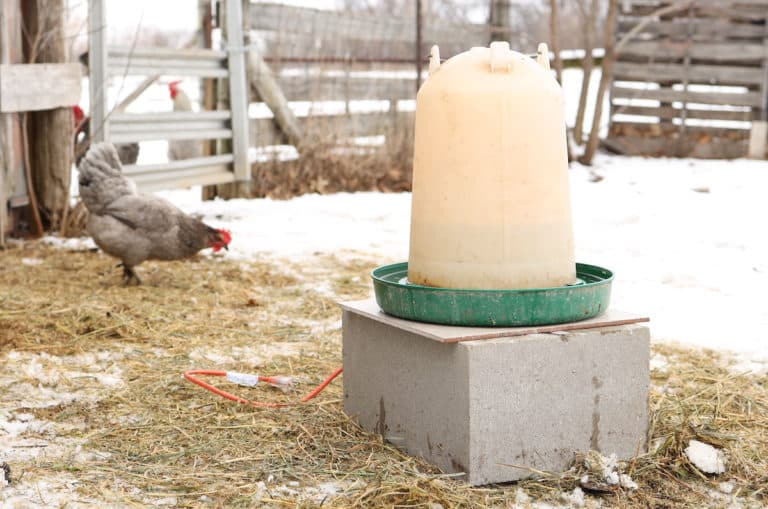Easy DIY Heated Chicken Waterer (Make in 15 minutes!)
If you’re looking for a reliable, worry-free water source for your flock this winter, this easy do-it-yourself heated chicken waterer is it. Make it in just 10-15 minutes. Use your existing waterer. It’s simple and it works. Your chickens will love it and you will love not having to worry about frozen water in the dead…

